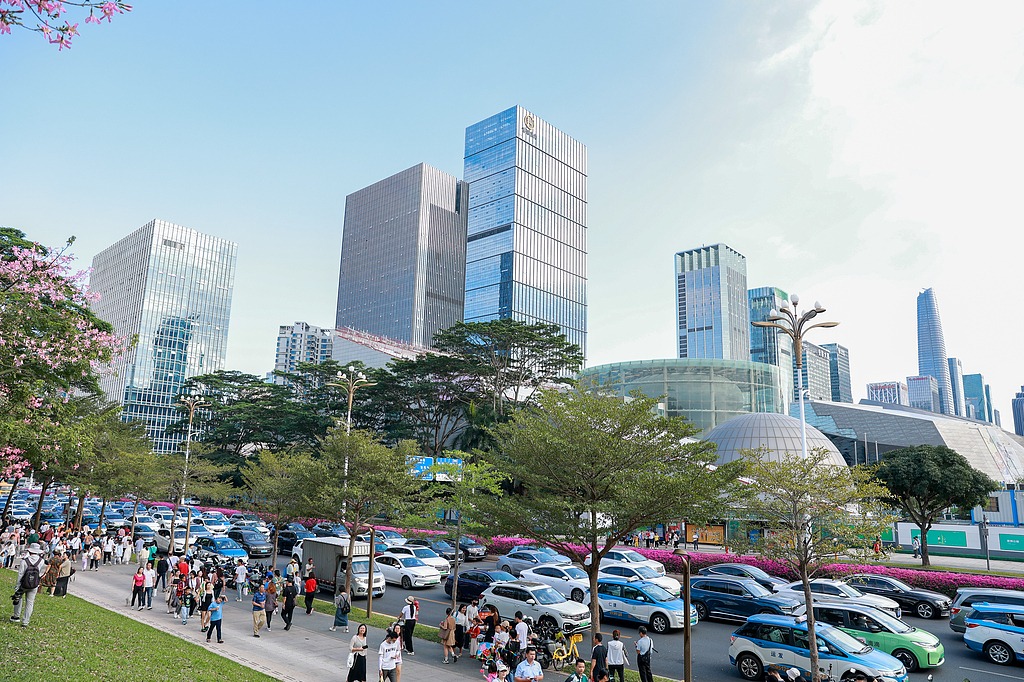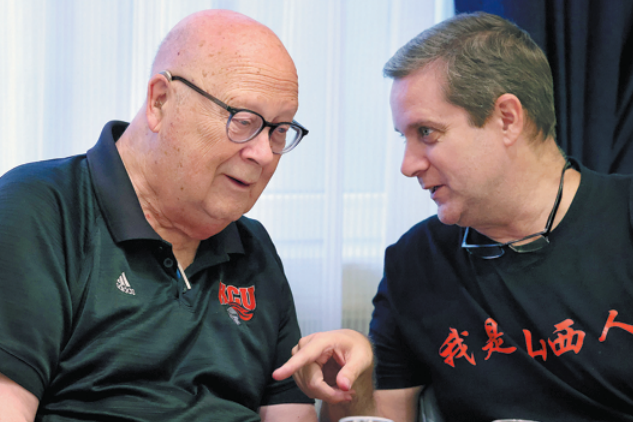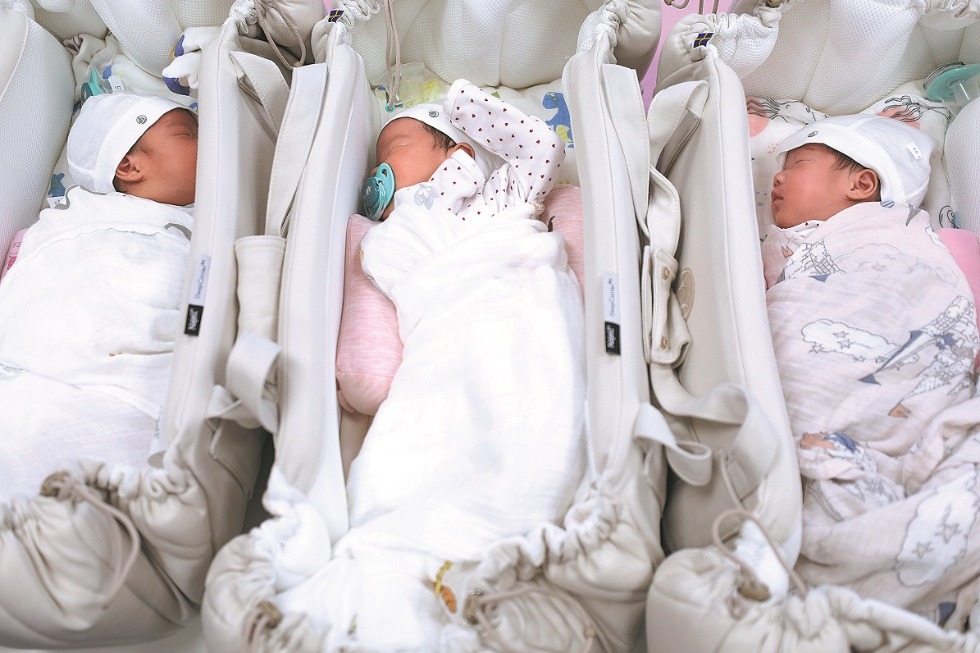Growth plans for Kenya get put on track
By Edith Mutethya in Nairobi, Kenya | China Daily | Updated: 2019-04-27 09:25

Chinese-supported major railway highlights growing bilateral relations
Many visitors to the imposing Nairobi Terminus, a major station of the Chinese-built Mombasa-Nairobi Standard Gauge Railway in Kenya's capital, marvel at the design of the complex.
The imposing structure is steeped in symbolism. It seems to depict two trains coming together, with a bridge linking the carriages. One train is said to represent Kenya, while the other represents China-symbolizing the deep friendship between the two countries and their people.
The railway stretches 480 km between Kenya's coastal city of Mombasa and its capital. It was built at a cost of $3.8 billion, with 90 percent of financing provided by China, and cuts travel time from 15 hours on a previous link built over a century ago to 4.5 hours now.
Lindsay Kiptiness, deputy director of Asia, Australasia and Pacific Islands at Kenya's Ministry of Foreign Affairs, said the railway highlights the growing relationship between China and Kenya.
The ties between the two countries now encompass comprehensive strategic cooperation and Kenya is keen to leverage its relationship with China to boost its industrial sector, Kiptiness said.
The railway is certainly the crystallization of China-Kenya cooperation, said Li Xuhang, the then-charge d'affaires at the Chinese embassy in Kenya.
"With the development of the whole industrial chain from railway transportation to the port economy and industrial parks, we have every reason to believe that the SGR will significantly boost Kenya's GDP growth," he said.
The number of passengers served by the major transportation link has exceeded 2.5 million, with an average capacity of 99 percent, Li said, while the volume of cargo carried has amounted to 3.7 million tons.
Kenyan employees of the rail are given top priority to completely master the skills needed to drive and operate the trains, so that the link can be handed over to Kenya as scheduled, Li said.
Cavince Adhere, a researcher on China-Africa ties in Nairobi, said the railway is important in Kenya's regional repositioning as a trading gateway and economic hub, with the infrastructure connectivity key to Africa's Agenda 2063-a vision and commitment to a shared strategic framework for inclusive growth and sustainable development.
Similarly, Charles Nzai, a lecturer at Kenyatta University's School of Economics, said the full benefits of the railway will be realized once Kenya achieves its Vision 2030, the country's economic blueprint that aims to transform it into a newly industrializing and middle-income country.
"When the economy grows by 10 percent as envisioned in Vision 2030, we will see the full benefits of the SGR," he said.

Kenyans should now focus on the realization of the Vision 2030 agenda, Nzai said.
"Currently, containers leave Mombasa with cargo and they go back empty. Once we start exporting goods, ensuring containers have cargo when leaving both Mombasa and Nairobi, then we will realize the benefits of the SGR," he said.
The railway is also seen as a beacon of green sustainability, with its reduced emissions helping to protect the environment, said Philip Mainga, acting managing director of the Kenya Railways Corporation national rail group.
The railway's builders-China Road and Bridge Corporation and its parent company, the China Communications Construction Company-are committed to green construction.
China Road and Bridge Corporation external communications officer Zhao Yang said an environmental management plan was strictly adhered to during its construction and proper green measures were adopted, such as solid waste and sewage disposal, shock absorption and sound insulation.
Ecology rehabilitation measures were also carried out after the project was completed, particularly at the section passing through the Nairobi National Park, Zhao said.
In partnership with the Kenya Wildlife Service, the China Communications Construction Company screened construction equipment of the rail to prevent the spread of invasive species such as Nicotiana glauca wild tobacco seeds, which can attach to road construction machinery.
Acoustic barriers were also set up in the national park to ensure that noise levels did not rise above baselines, while special wildlife crossing designs were put in place to accommodate animal migrations and movements.
"We have been working with local environmental experts and consultants in environmental impact assessment, environment management planning and mitigation measures," Zhao said.
As part of the railway's second building phase, the construction company is tapping volcanic rock of the country's Rift Valley region instead of harvesting supplies from riverbanks. The process is considered to lessen any impact on the environment as well as reduce transportation costs since the sand is produced on site.
Training programs covering the environmental aspects of the project and social activities promoting environmental conservation are also offered to railway employees as part of the green measures, Zhao said.
The project continues to roll out. Its Nairobi-Naivasha line, or Phase 2A, is now 90 percent complete, with May 31 set as the targeted completion date, according to the builders, and negotiations are ongoing for the financing of subsequent phases.
























